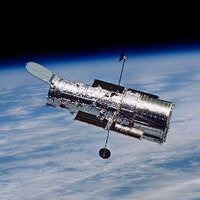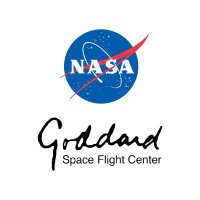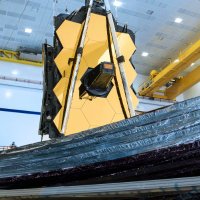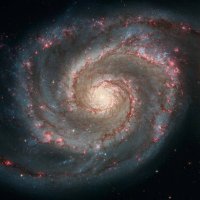
Hubble
@nasahubble
The official X account for the NASA Hubble Space Telescope, managed and operated by NASA's Goddard Space Flight Center.
ID: 14091091
http://www.nasa.gov/mission_pages/hubble/main/index.html 06-03-2008 20:15:02
7,7K Tweet
9,0M Takipçi
69 Takip Edilen



Meet NGC 346, the brightest star-forming region in the nearby Small Magellanic Cloud. This stellar work of art combines infrared light from Spitzer, visible light from the ESO’s New Technology Telescope, and X-rays from ESA XMM-Newton: go.nasa.gov/3Z35Zcy #MeetYourCosmicNeighbors















